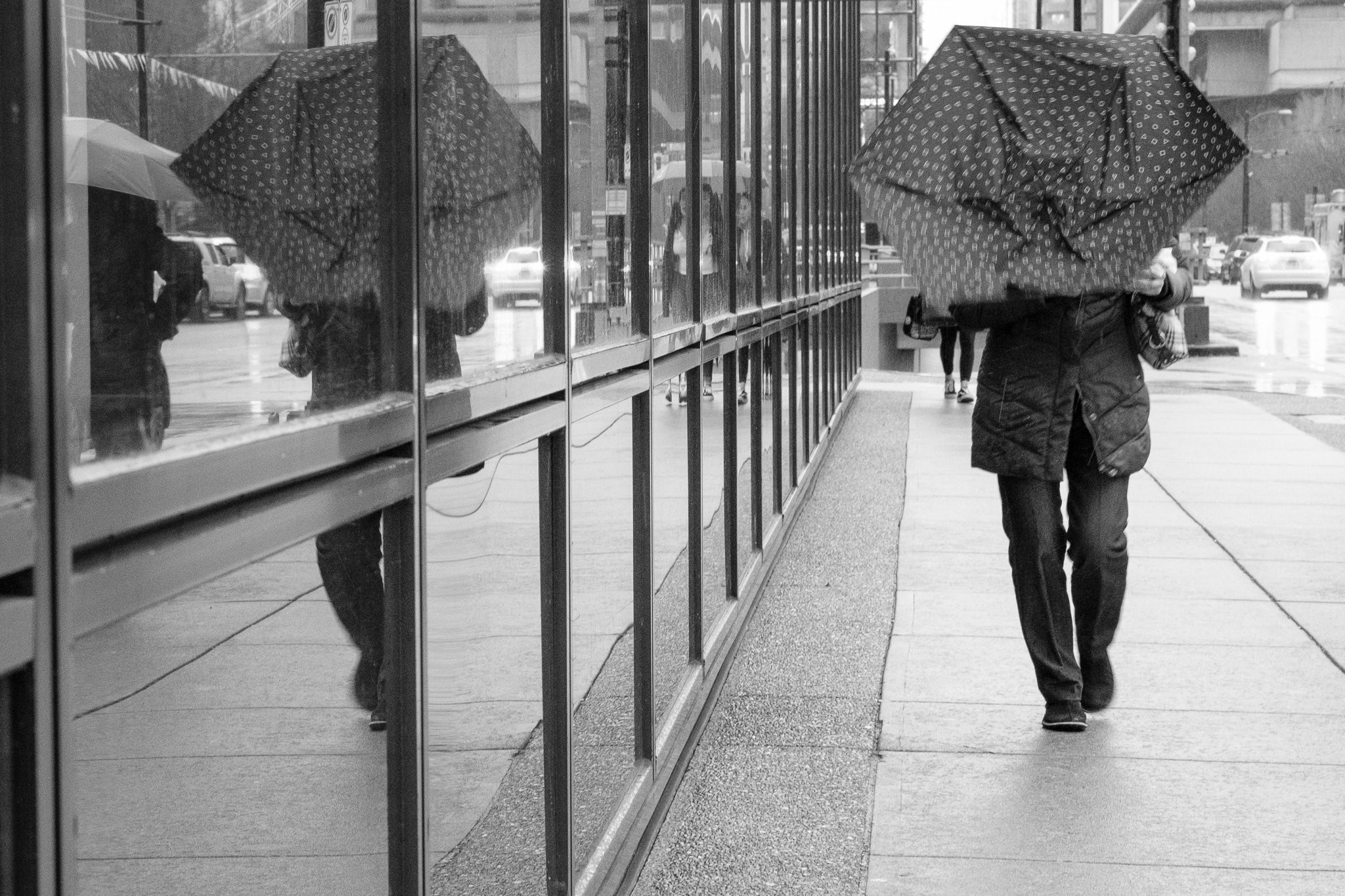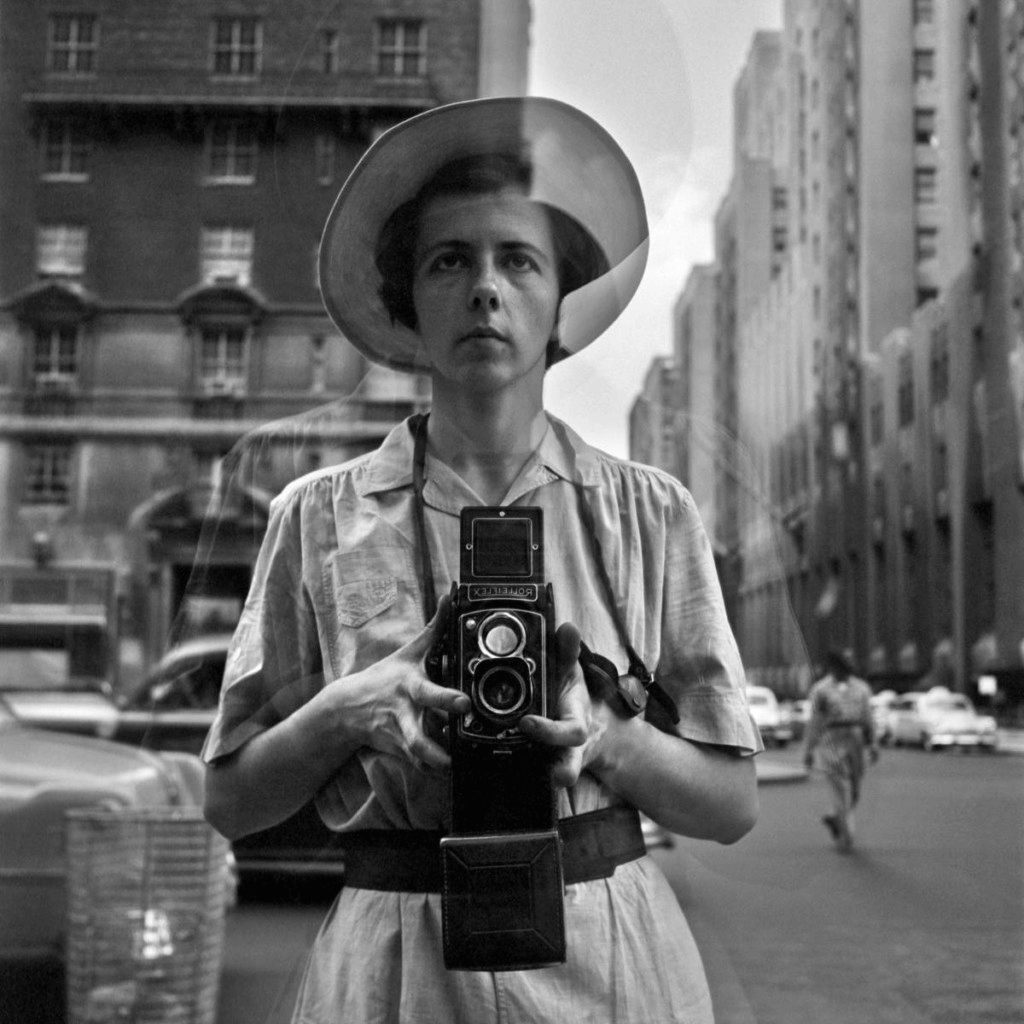The Only Guide for Framing Streets
The Only Guide for Framing Streets
Blog Article
Get This Report on Framing Streets
Table of ContentsNot known Incorrect Statements About Framing Streets Not known Details About Framing Streets Not known Incorrect Statements About Framing Streets The Facts About Framing Streets UncoveredUnknown Facts About Framing StreetsThe smart Trick of Framing Streets That Nobody is Discussing
Photography category "Crufts Pet dog Program 1968" by Tony Ray-Jones Road photography (likewise in some cases called candid digital photography) is photography conducted for art or query that features unmediated chance encounters and random events within public areas, typically with the aim of capturing pictures at a crucial or touching minute by mindful framing and timing. 
Framing Streets for Beginners
Susan Sontag, 1977 Street photography can concentrate on individuals and their habits in public. In this regard, the road digital photographer resembles social docudrama digital photographers or photographers that also work in public places, but with the objective of catching relevant occasions. Any one of these digital photographers' pictures may catch people and residential property visible within or from public areas, which often requires navigating honest issues and laws of personal privacy, protection, and residential or commercial property.
Representations of everyday public life develop a style in virtually every period of world art, starting in the pre-historic, Sumerian, Egyptian and early Buddhist art durations. Art handling the life of the street, whether within sights of cityscapes, or as the leading theme, appears in the West in the canon of the North Renaissance, Baroque, Rococo, of Romanticism, Realism, Impressionism and Post-Impressionism.
Some Known Details About Framing Streets
Louis Daguerre: "Boulevard du Temple" (1838 or 1839) In 1838 or 1839 the very first photo of numbers in the road was recorded by Louis-Jacques-Mand Daguerre in one of a pair of daguerreotype views drawn from his workshop home window of the Boulevard du Temple in Paris. The second, made at the elevation of the day, shows an unpopulated stretch of street, while the other was taken at concerning 8:00 am, and as Beaumont Newhall reports, "The Blvd, so continuously loaded with a moving throng of pedestrians and carriages was perfectly solitary, other than a person who was having his boots combed.
, that was influenced to embark on a similar documentation of New York City. As the city established, Atget aided to advertise Parisian roads as a worthy subject for digital photography.

Framing Streets for Beginners
The principal Mass-Observationists were anthropologist Tom Harrisson in Bolton and poet Charles Madge in London, and their first report was created as guide "May the Twelfth: Mass-Observation Day-Surveys 1937 by over 2 hundred observers" [] Window cleaner at Kottbusser Tor, Berlin, by Elsa Thiemann c. 1946 The post-war French Humanist Institution professional photographers discovered their subjects on the street or in the bistro. Between 1946 and 1957 Le Groupe des XV yearly exhibited work of this kind. Andre Kertesz. Circus, Budapest, 19 May 1920 Street photography created the significant material of two exhibits at the Museum of Modern Art (Mo, MA) in New york city curated by Edward Steichen, Five French Photographers: Brassai; Cartier-Bresson, Doisneau, Ronis, Izis in 1951 to 1952, and Post-war European Digital Photography in 1953, which exported the concept of street digital photography worldwide.

A Biased View of Framing Streets
The recording device was 'a surprise video camera', a 35 mm Contax hidden under his layer, that was 'strapped to the breast and connected to a long cord strung down the right sleeve'. However, his work had little contemporary effect as because of Evans' sensitivities regarding the originality of his task and the privacy of his topics, it was not released up until 1966, in guide Numerous Are Called, with an introduction created by James Agee in 1940.
Helen Levitt, after that an educator of young kids, related to Evans in 193839. She recorded the transitory chalk illustrations - Lightroom presets that were part of children's road society in New york city at the time, in addition to the youngsters that made them. In July 1939, Mo, MA's brand-new digital photography section included Levitt's operate in its inaugural exhibitionRobert Frank's 1958 book,, was substantial; raw and usually indistinct, Frank's images questioned conventional digital photography of the moment, "tested all the official guidelines laid down by Henri Cartier-Bresson and Pedestrian Evans" and "contradicted the wholesome pictorialism read the full info here and wholehearted photojournalism of American publications like LIFE and Time".
Report this page